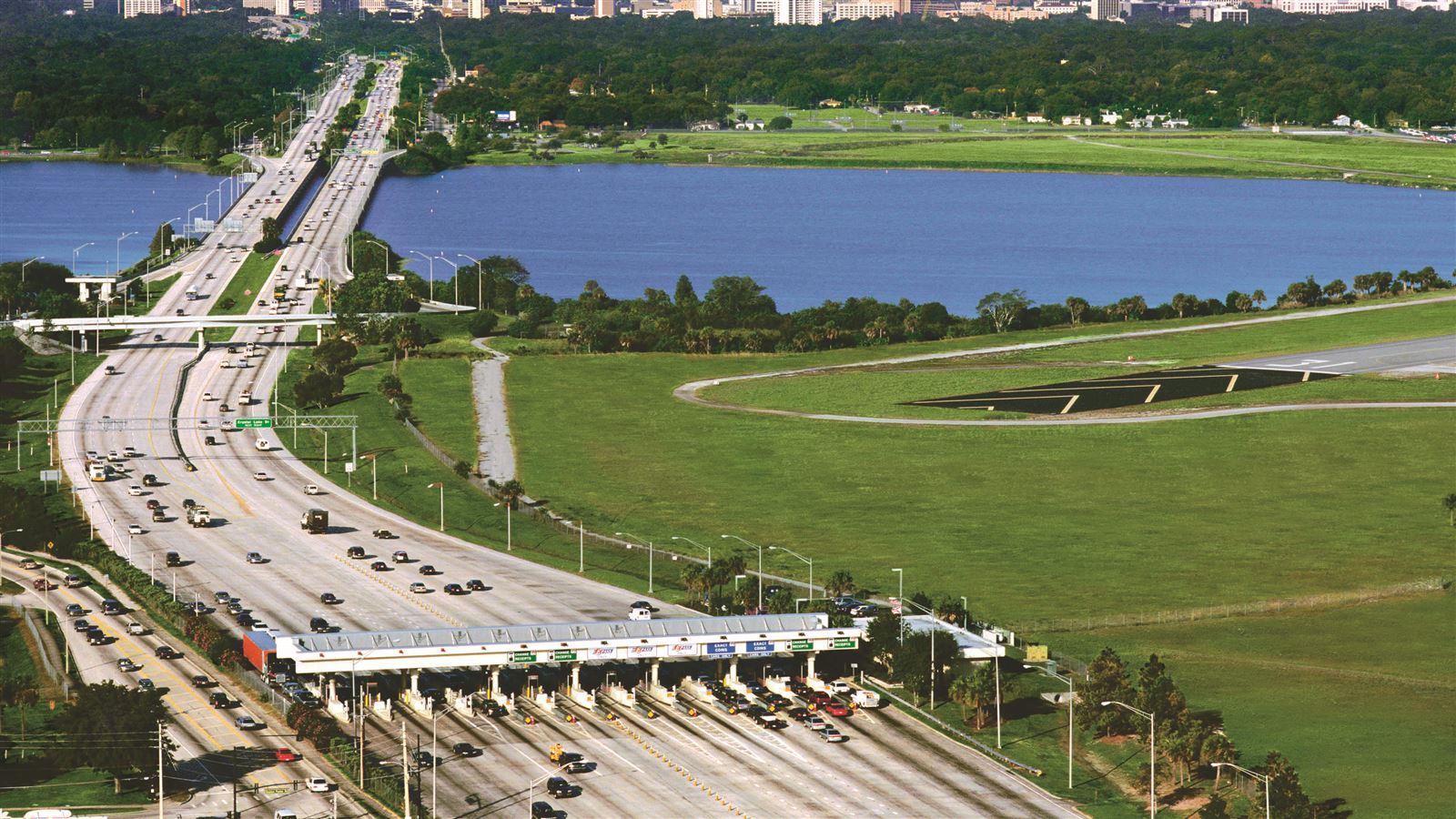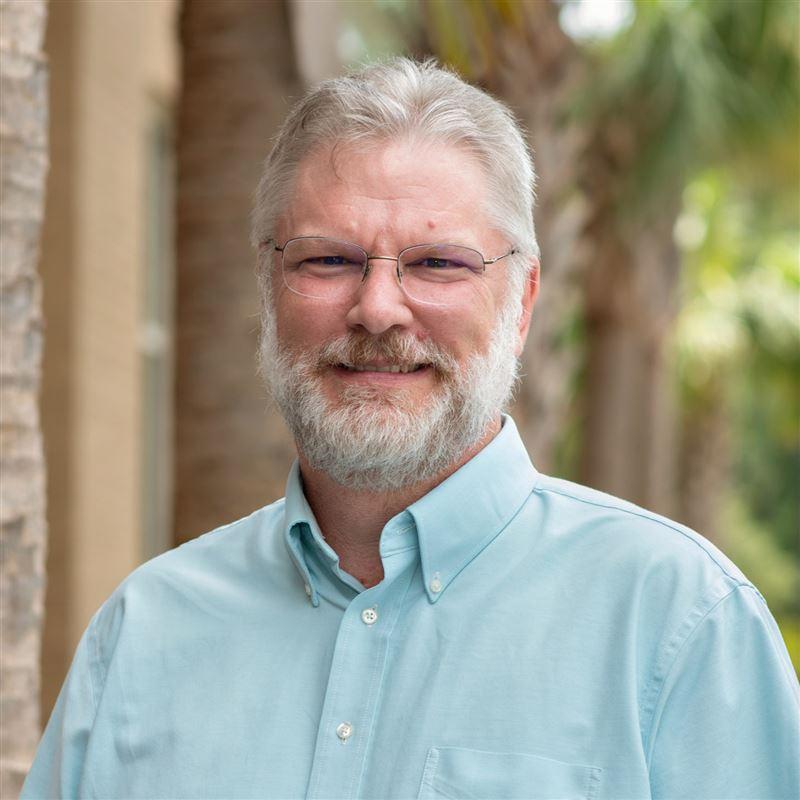Scoring, Ranking and Prioritizing Projects with the Strategic Investment Tool
The Florida Department of Transportation (FDOT) has long been recognized as a national leader in innovative transportation systems planning. In 2003, FDOT established the Strategic Intermodal System (SIS), a network of high-priority transportation facilities owned by the state, federal government, local governments, independent authorities, and the private sector that are integral to the state’s economy and mobility.
All facilities designated on the SIS are eligible for state transportation investments consistent with the state’s long-range vision and policy plan, The Florida Transportation Plan. But as funding, management and operating decisions have become more data driven, FDOT looked to develop a transparent process to prioritize upcoming SIS highway projects in ways that were driven by policy and supported by data.
FDOT's Strategic Intermodal System
FDOT produces a set of documents known as the SIS Funding Strategy, which illustrates the progression of a project from policy and planning to implementation. Funding plans are categorized as follows:
- First Five-Year Plan (or Adopted Work Program): Projects that are scheduled to be funded in the next five years.
- Second Five-Year Plan: Projects that are scheduled to be funded in Years 6 through 10 of the SIS Funding Strategy.
- Long-Range Cost Feasible Plan: Projects that are considered financially feasible during Years 11 to 25, based on current revenue forecasts.
- Unfunded Needs Plan: Projects that help meet mobility needs but where funding is not expected to be available during the 25-year time period of the SIS Funding Strategy.
While following this process ensures that limited transportation funds are invested in the most effective manner, FDOT also worked with CDM Smith to create an interactive tool called the SIT that prioritizes and ranks each project using quantitative measures in areas like connectivity, economics and environmental stewardship.
We can change our ranking measures to focus on specific factors, which helps provide a full picture of each project’s considerations.
Project Prioritization Done Right
The Strategic Investment Tool (SIT) uses publicly available data from the US Census Bureau, FDOT-collected information and GIS outputs to evaluate state-wide highway capacity expansion projects without looking at cost. Instead, SIT scores the 400+ projects with respect to five SIS objectives: to provide a safe and secure transportation system for all users; to improve interregional mobility and connectivity for people and freight; to invest in transportation systems that support a prosperous and globally competitive economy; to make decisions that promote responsible environmental stewardship; and to promote intermodal connectivity to expand transportation choices.
The SIT has easy-to-use reporting functions that display results in various tabular formats for each scenario or grouping of proposed projects. Projects are arranged by grouping scenarios and users can change the SIS objective weighting factors instantly. The SIT’s web interface gives FDOT the ability to keep data and information up-to-date and provides staff located throughout Florida with access to the most recent updates.
But raw score is not the only thing being evaluated. “We also look at readiness of the project: ‘Is it scheduled on time? Are the previous phases completed? Does this project have the full support of the local and state government?’ These are all considerations we take into account so we can achieve the most accurate ranking,” says CDM Smith’s client service leader and project manager Zachary Teders. “We can even change our ranking measures emphasis, if we wish to focus on factors like safety objectives and environmental impacts, which helps provide a full picture of each project’s considerations and can consider specific FDOT interests at that time.”
Teders also explains that because the amount of available funds can drastically change year over year, the team also uses the SIT to consider the short- and long-term options for maintaining a balanced work program over the next 30 years.
The SIT tool gives us a ranking, but that’s not a list of projects that automatically get funded; it’s just one piece of the puzzle.
Beyond the Stats: Providing Value
While the power of a tool that can quickly assess and evaluate projects against each other is undeniable, there is still a ‘human element’ to the process of green-lighting projects on the SIS.
“The SIT’s process was built to be transparent so users can understand how and why projects receive the scores they do. The tool gives us a ranking, but that’s not a list of projects that automatically get funded; it’s just one piece of the puzzle,” says Bob Hamm, vice president and transportation leader at CDM Smith. “Once our team receives the rankings, we begin the process of meeting with key constituents and Department members to review the list and discuss how certain goals should be weighed,” he says.
Partners and stakeholders have an opportunity to participate in the process by providing additional information and data regarding investment needs and impacts, adopting policies and resolutions demonstrating local support for the project, or contributing funding to a project.
CDM Smith continues to provide in-house assistance in FDOT’s ongoing exploration of new funding and policy scenarios with new ways of looking at future risk, cost, and uncertainty. The team is constantly fine-tuning the SIT with updated data and is currently preparing to adapt the tool based on an update to statewide policy. CDM Smith’s on-call contract also includes continuing support for legislative and policy development initiatives, climate change and storm surge risk assessment, corridor analysis, non-motorized support, and continuing creation and maintenance of an extensive collection of outreach material designed for technical and non-technical audiences.
SIS By the Numbers
The SIS currently includes 21 airports, two spaceports, 12 public seaports, 2,305 miles of railroads, 1,095 miles of waterways, 15 passenger terminals and over 4,690 miles of highways.








